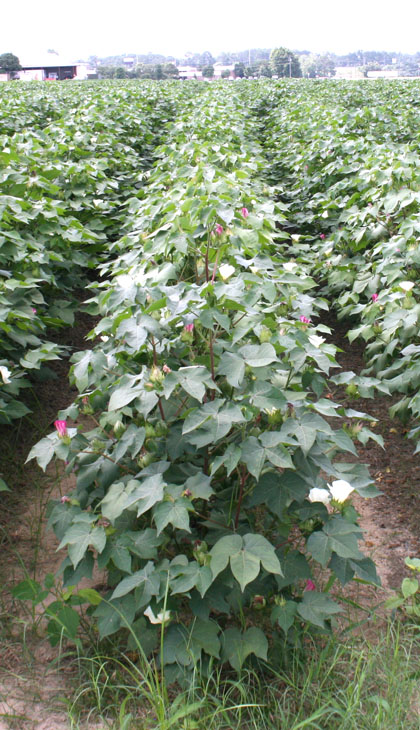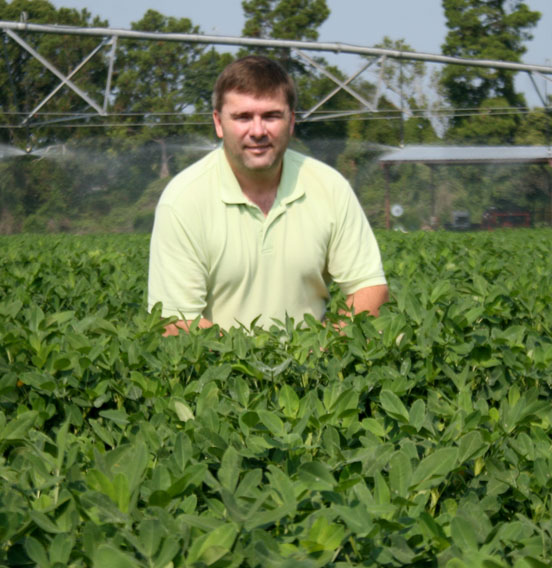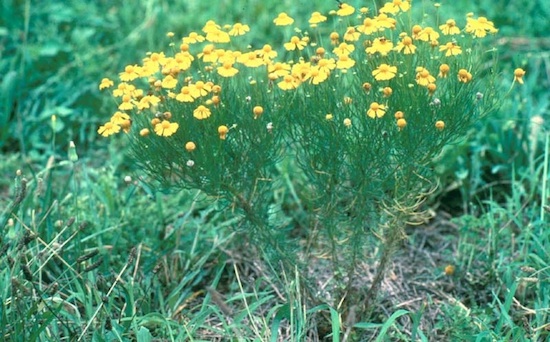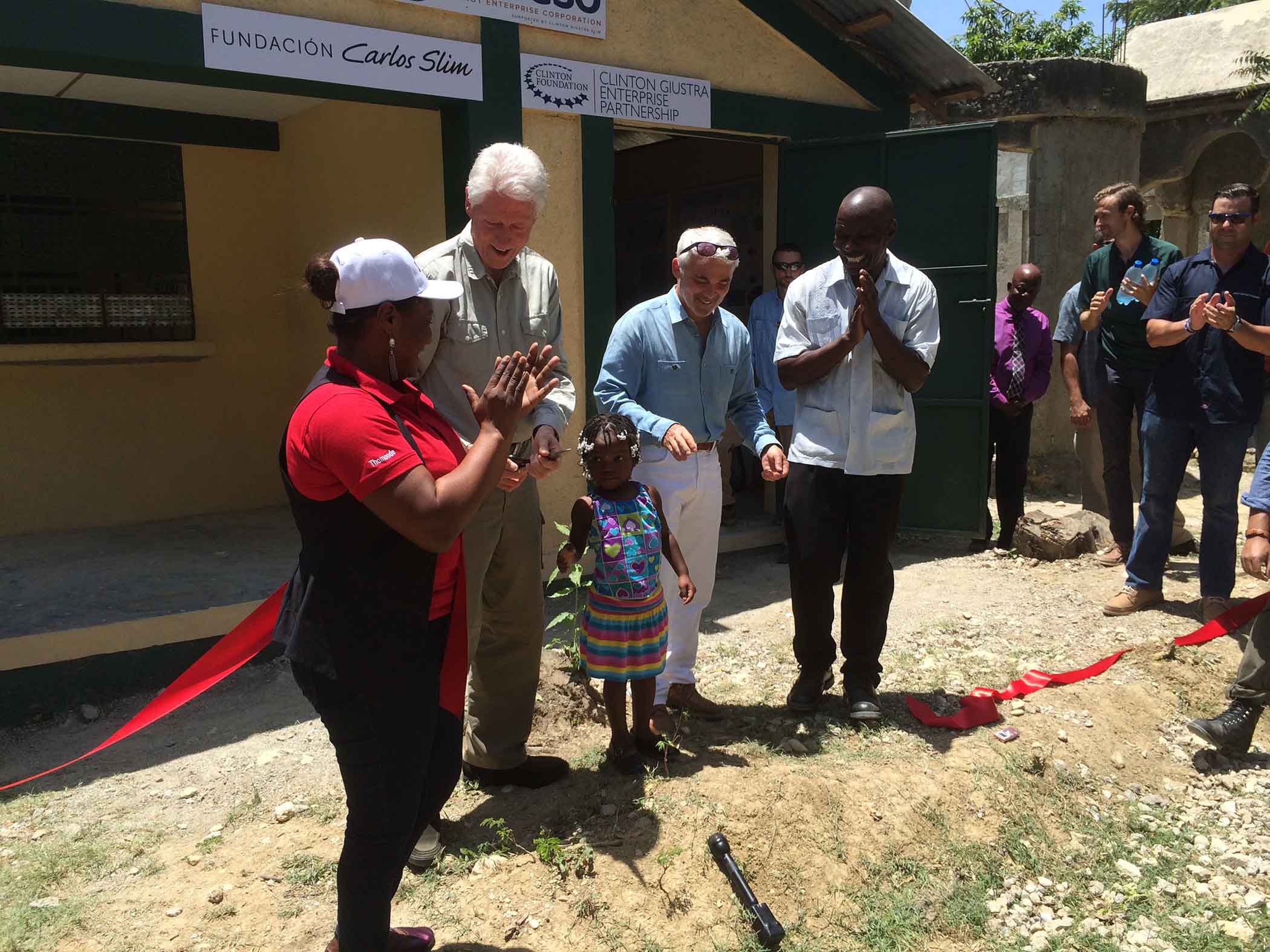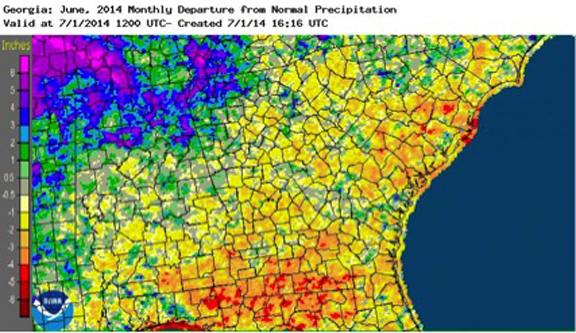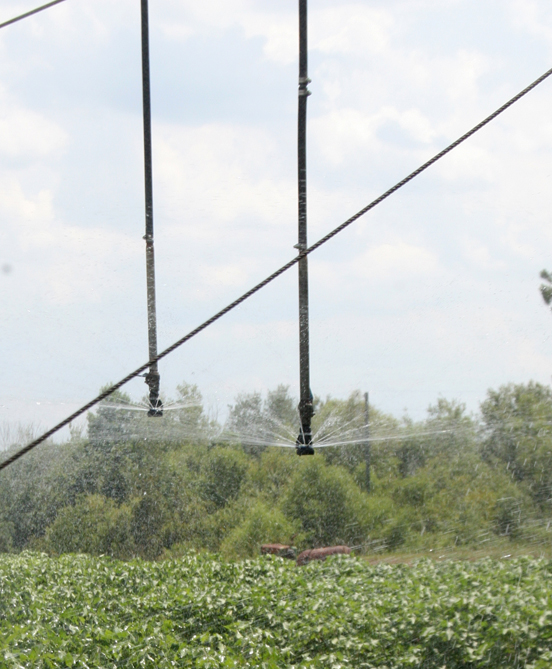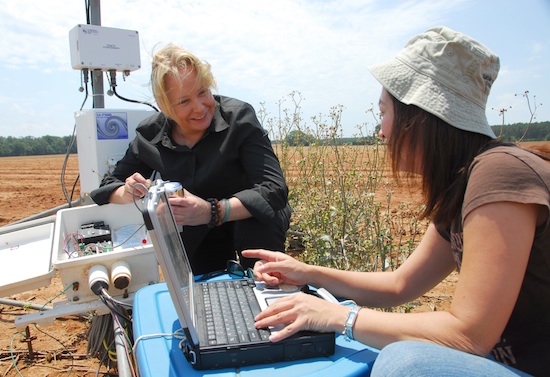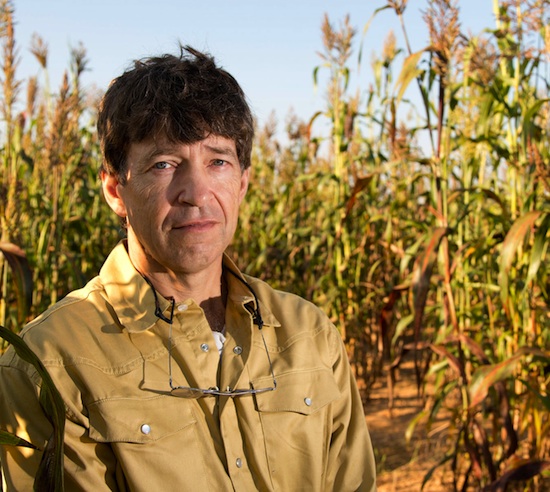 CAES News
CAES News
Canola Genome
An international team of scientists including researchers from the University of Georgia recently published the genome of Brassica napus—commonly known as canola—in the journal Science. Their discovery paves the way for improved versions of the plant, which is used widely in farming and industry.

